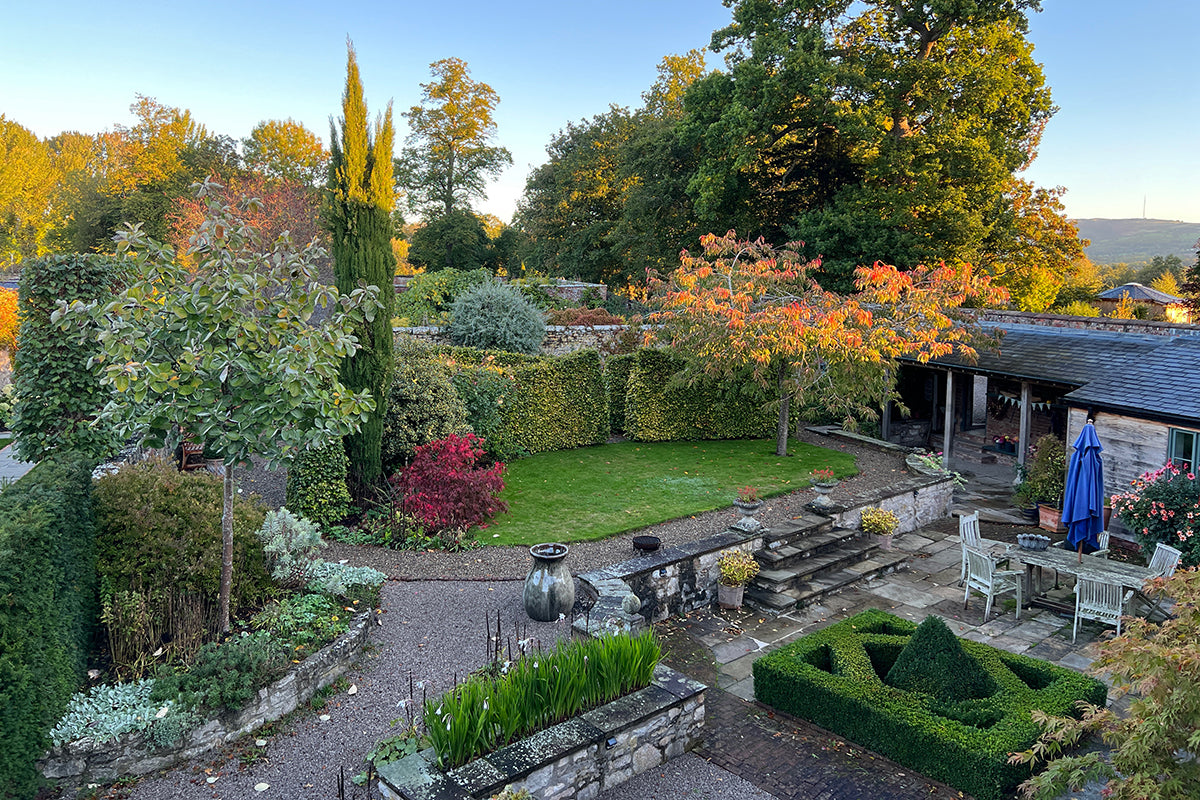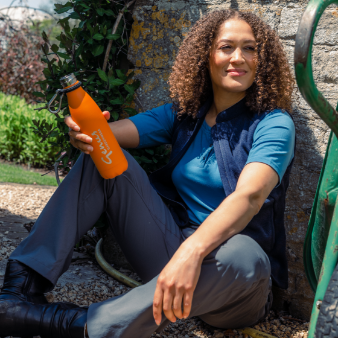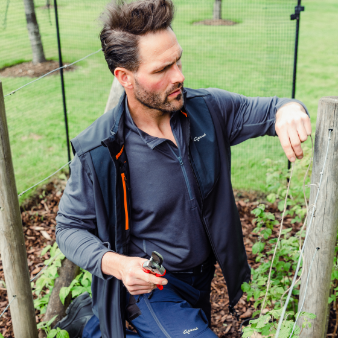Falling for autumn

It’s always fascinates me how the garden can change so rapidly in the space of one month. Just by the changing colours of the leaves!
Although, meteorologically, Autumn ends around the 21st of December, I always feel that Autumn begins and ends during October and November. It’s such a beautiful time of year with the gradual change of colours, the shorter days and the longer evenings, giving us time to take stock, prepare and plan for the year ahead. I’m sure in my former life I was born in Autumn and not in the Summer, as this is by far my favourite time of year, every part of it.
One month’s leaf fall is incredible, making me realise that winter is on our doorstep, and a mountain of leaves to clear!
This is a job that’s at the top of my list, and one that dominates our time during autumn and winter..
1- Leaf Clearing, if you’re looking for a good workout, I highly recommend raking up leaves for a couple of hours! Not only does it raise your heart rate, it gets your steps up while gathering yourself a nice big bag of leaves. As we have a lot of trees here we have accumulated several large bulk bags full of leaves all rotting away at different times. It can take up to 3 years for a whole bulk bag of leaves to rot down into less than a third of what we call ‘black gold’ that we’ll then use to mulch parts of the garden.
2- Autumn sow sweet peas. I adore these beautiful delicate flowers, that come in such an array of different colours. They can also be sown in the spring, which is what I usually do, but because my son is getting married in June, I’d like to be picking buckets full to add into their flower arrangements. These are probably the easiest annuals that I’ve grown successfully! Once I’ve bought my favourite packs of sweet peas I’ll clean and fill some 9cm pots with peat free seed compost and place two well spaced sweet pea seeds on top. Then using my fingertip, I’ll gently push them into the compost to the depth of my fingernail. Next, I will sit the pots in a shallow tray of water for about an hour to moisten the compost . Then I’ll place them on a bright windowsill, inside a cool well-ventilated room (as I don’t have a proper greenhouse). The joy of growing sweet peas is that they don’t need heat to germinate, just lots of natural light!
3- Harvest apples and pears, the best thing about growing your own apples and pears is that, stored correctly, you can still be eating them at Christmas! Last year we met by chance a local apple grower, who presses their own apples and makes them into apple juice, and sells them at local butchers and farmers markets. They also press apples for anyone who has a glut of apples and have no way of storing them properly like us. It was such a wonderful way for us to make good use of them!
Apparently, you can make cider out of the windfall apples, which we might look into this year. Alternatively, I will send some to our local farmer for their pigs to enjoy. If you want to have a go at storing them which can be a little bit tricky keeping an area to a steady temperature (between 4-7°C) and safe from mice! If you have an environment thats cool, dark and well ventilated..like a garage, cellar or shed, and can acquire some crates or slatted shelves to sit the apples on, to prevent them from touching one another, then it’s worth having a try.
4- Order top dressing for beds and borders. The size and what’s growing in your garden will dictate when and how much you’ll need to order. Our garden, being large with lots of different areas of mixed plantings, means there are sections we can get on with top dressing now, like the back of borders where there are a lot of trees and shrubs. I shall use it as an insulator to protect the crowns of my dahlias for the winter, and prepping new borders. It also helps to suppress unwelcome plants, provided you’ve weeded them out before you put a layer of dressing over the area. Once it’s all here it’ll be drip fed across the garden between now and December or even into January, depending on the weather!
5- Record and log. During the early part of October I start taking pictures and logging the names of all my Dahlias, especially the favourites that I want to keep for the following year. This is a fantastic way to keep a record of what I’ve grown over the years, making sure I keep a note of their success or failures. I highly recommend tying a label around any Dahlias that need to be lifted, so they can be identified once they’ve been frosted. I remember the first year I grew Dahlias, we had a snap frost in mid October which turned them all black overnight! Luckily, I only had 12 and not 80! This is a really good habit to get into at this time of year, especially if you’re wanting to make some changes. Another tip; I’m always taking photographs to help me remember where things are and how they looked at that time of year, as it’s so easy to forget!







